
Tech & Sci
21:06, 24-Oct-2017
Henan leads the way in the science of farming
By Luo Yu, Xia Ruixue and Li Jian
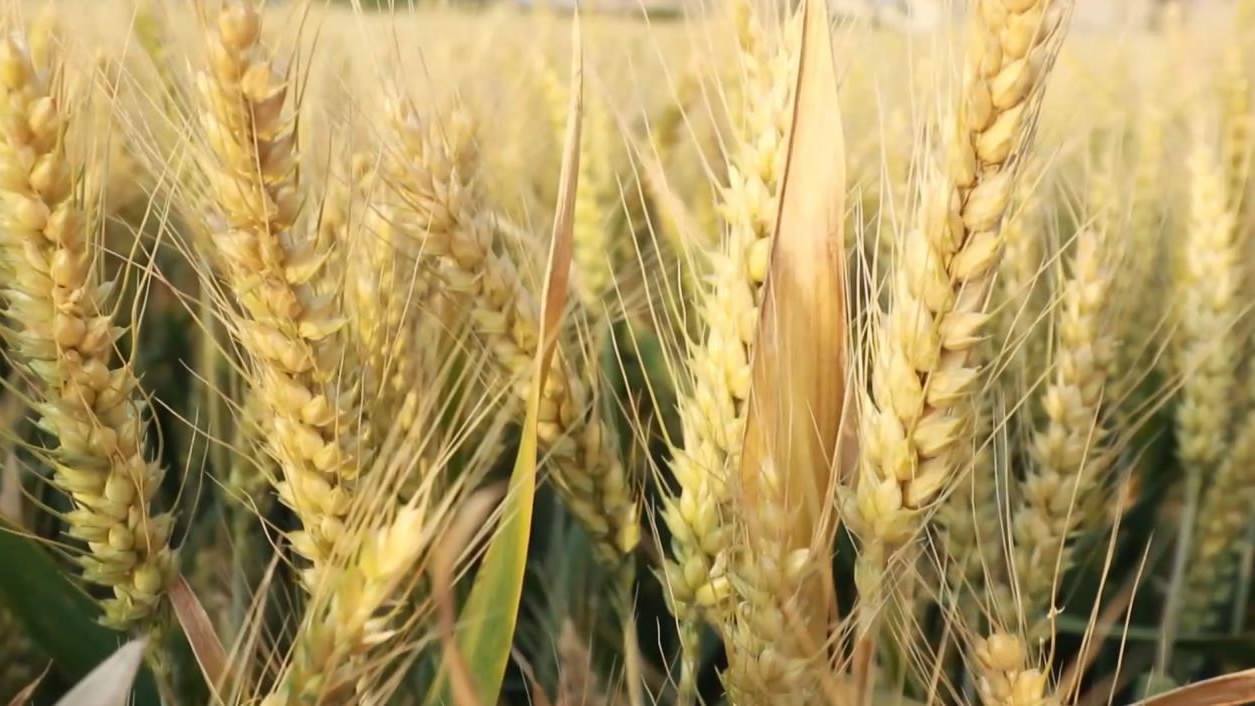
Henan Province is punching above its weight when it comes to Chinese agriculture, powered by technological innovation.
China has a great and tough task – to feed a population accounting for 21 percent of the global figure by utilizing an area of farmland that takes up only nine percent of the world’s total.
For its part, Henan has one-sixteenth of the country’s arable farmlands, but is responsible for one tenth of grain output.
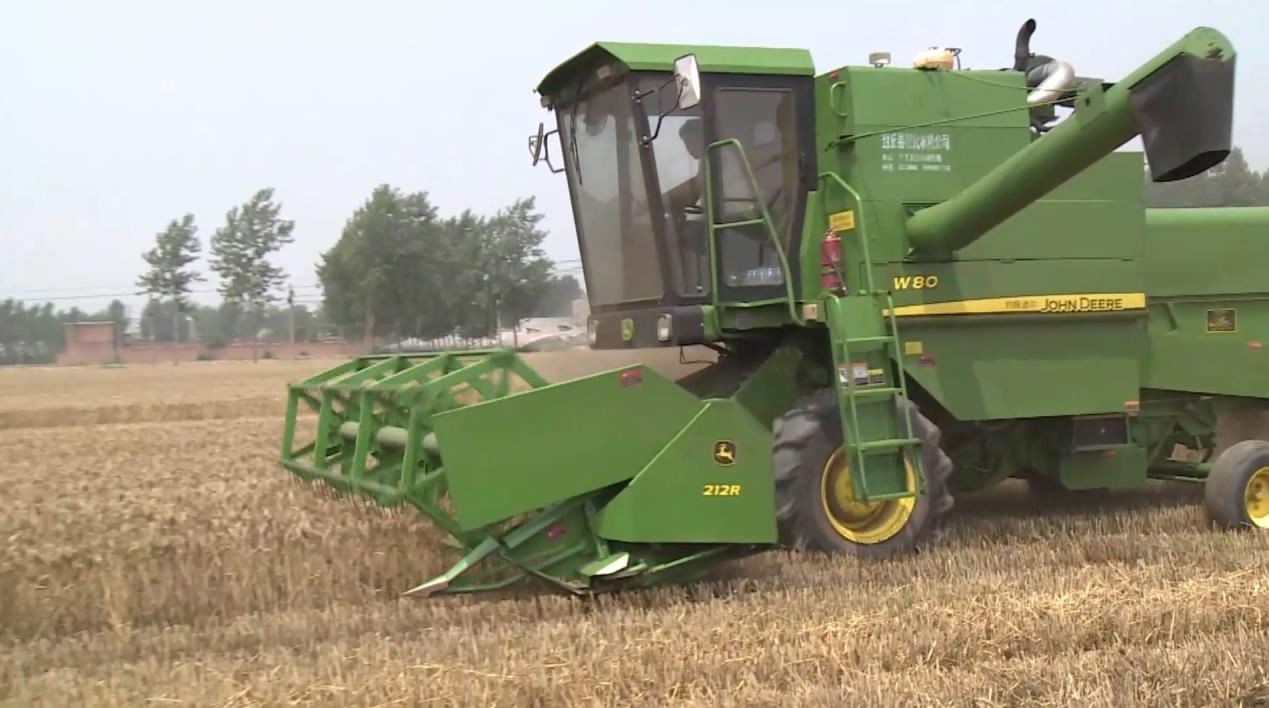
Agricultural production and equipment have reached to a new level. /CGTN Photo
Agricultural production and equipment have reached to a new level. /CGTN Photo
Officials say the endeavor is becoming easier on the back of rapid development of innovation in the field of agricultural science,
According to the Chinese Academy of Agricultural Sciences, agriculture development and processes driven by technology innovation are now on track, with 56 percent of the advance due to science and technology.
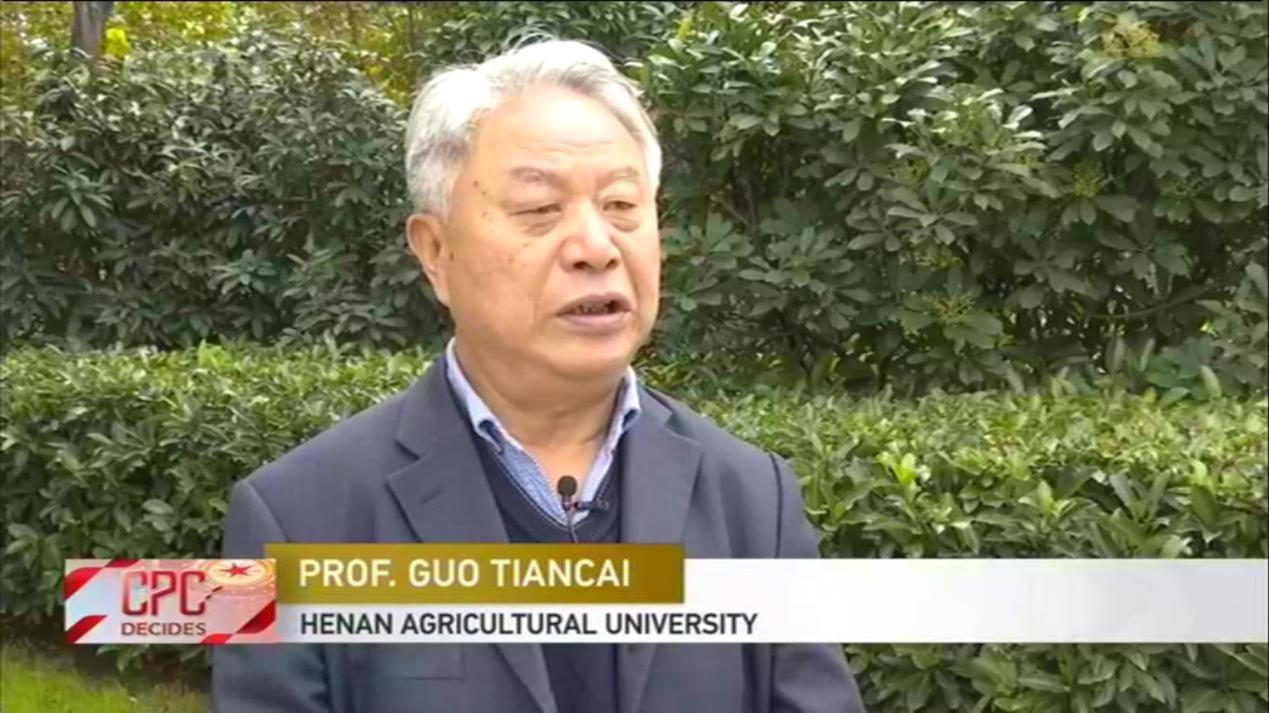
Professor Guo Tiancai spoke with CGTN on the development of agricultural innovation. /CGTN Photo
Professor Guo Tiancai spoke with CGTN on the development of agricultural innovation. /CGTN Photo
"In recent years, the provincial government has attached great importance to the innovation of agricultural science and technology," said Professor Guo Tiancai of Henan Agricultural University.
"We have made progress in areas such as new variety breeding techniques, high-yield cultivation techniques, formula fertilization by soil testing processes, pest and disease control, and many others.
"Additionally, our grain output reached 120 billion tons last year. That is one tenth of the country’s total."
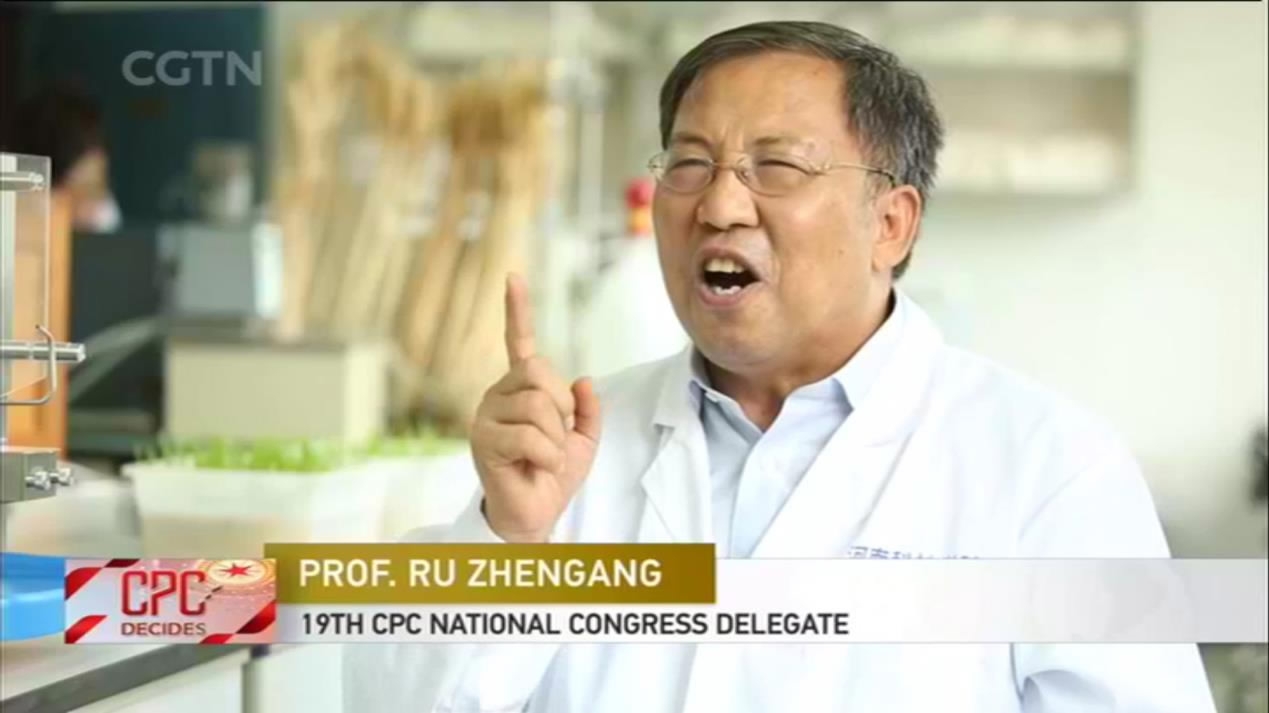
Professor Ru Zhengang, a delegate to the 19th CPC National Congress, is a leading expert in hybrid wheat in China. /CGTN Photo
Professor Ru Zhengang, a delegate to the 19th CPC National Congress, is a leading expert in hybrid wheat in China. /CGTN Photo
One man who knows about the innovation spurt is Professor Ru Zhengang, a leading agricultural scientist famous for his expertise in breeding new species of wheat.
He is credited with helping more than one million rural households out of poverty.
His Aikang-58 species has helped to increase China's wheat output by 12 billion kilograms by cultivating a high-yield version that can make better use of light energy, when compared to other species.
Pro. Ru told CGTN, "We combined the wheat leaves with dark color and thick leaf blades to produce high-yield wheat. Light is essential in wheat production. I assumed the leaf with a dark color can make better use of dim light, while the thick leaf blades are more capable of capturing strong light. Our experiments proved correct, which then led to a huge increase in output, while also serving as a good platform for future hybrid wheat research.
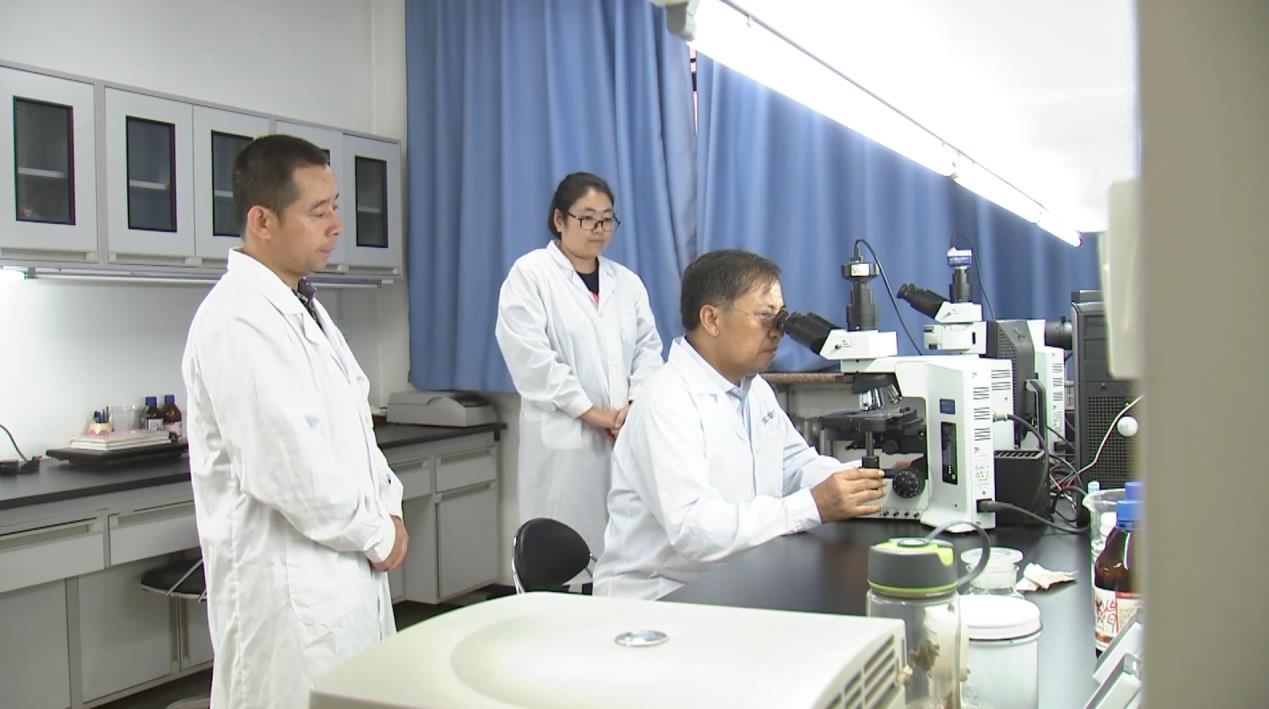
Professor Ru and his team are working on breeding new species of wheat. /CGTN Photo
Professor Ru and his team are working on breeding new species of wheat. /CGTN Photo
"Technological innovation in agriculture is not only about breeding. Breakthroughs are also expected in other areas, such as irrigation systems. This goes hand in hand with the fact that agriculture consumes vast amounts of ground and surface water. So modernizing irrigation practices not only help in reducing the amount of water needed, but also boost crop yields and production.”
In central Henan’s Xuchang, a 200-meter long computer-controlled sprinkler has been in operation for more than three years.
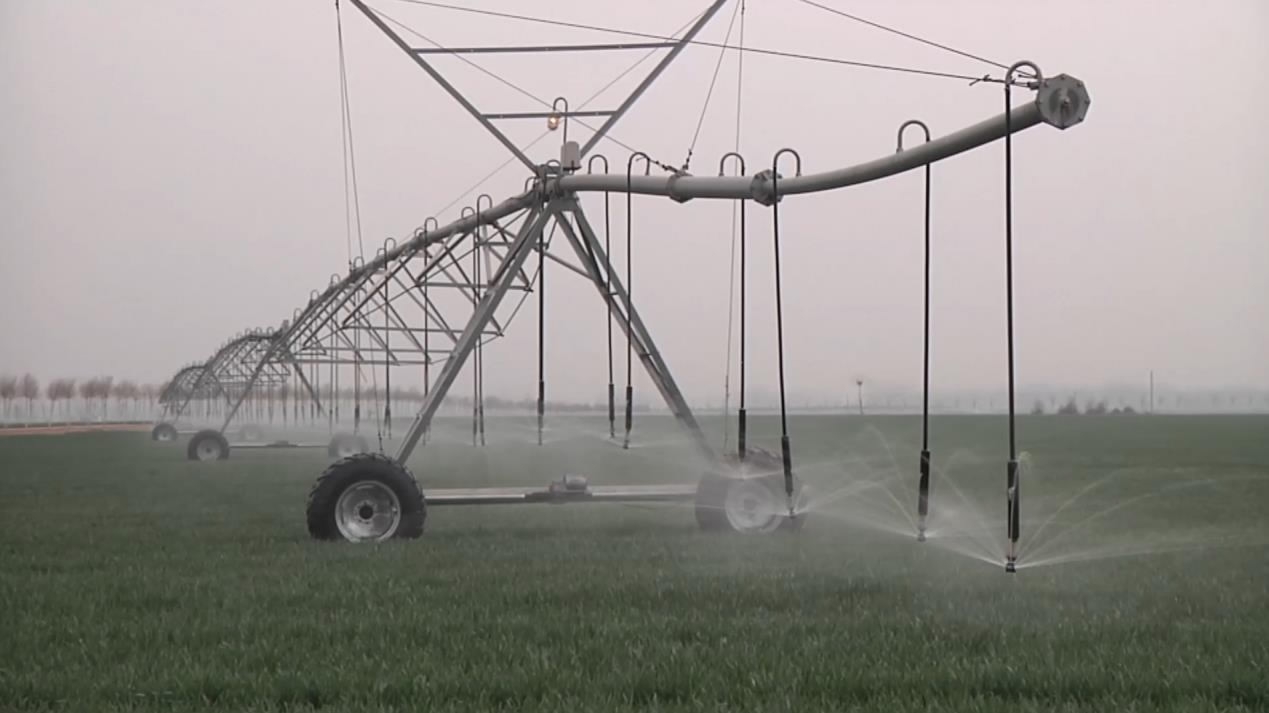
A 200-meter long computer-controlled sprinkler has been in operation for more than three years in central Henan’s Xuchang. /CGTN Photo
A 200-meter long computer-controlled sprinkler has been in operation for more than three years in central Henan’s Xuchang. /CGTN Photo
"For many years, we used a traditional flood irrigation system," farmer Shang Shuiwang told CGTN. "It wasted a lot of water and it could only be used on a very small area of farmland. The local government installed this sprinkler system for me for free. It has a sensor that reads the soil’s moisture, and then can decide how much water to sprinkle."
Other new technologies are being applied throughout the province.
Innovation within agriculture is essential for ensuring long-term food security, and promoting environment-friendly and sustainable development.

SITEMAP
Copyright © 2018 CGTN. Beijing ICP prepared NO.16065310-3
Copyright © 2018 CGTN. Beijing ICP prepared NO.16065310-3